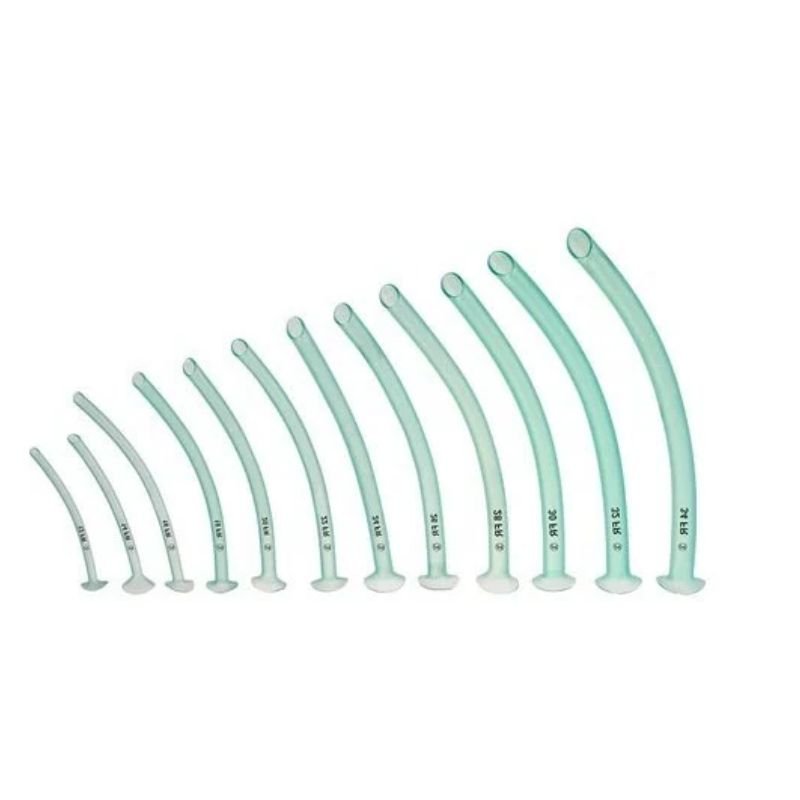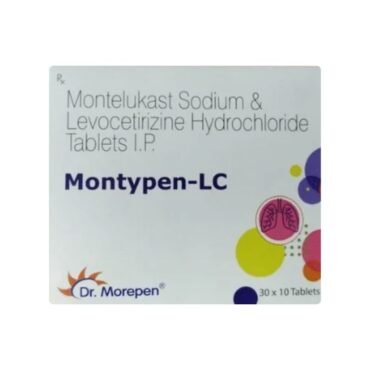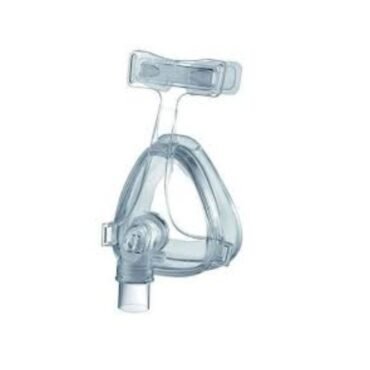Nasopharyngeal 210cm Airway
Trade Name:–Anaesthesia & Respiratory care
Introduction of Nasopharyngeal Airway 210cm
Nasopharyngeal Reasons to Use the Nasopharyngeal Airway
In some circumstances, such as those involving oral injuries or trismus, nasopharyngeal 210cm airways can be employed in place of oropharyngeal airways (restriction of mouth opening including spasm of muscles of mastication). Bag-valve-mask breathing may also be facilitated via nasopharyngeal airways.
What distinguishes the oropharyngeal airway from the Nasopharyngeal Airway?
As the name suggests, a airway is introduced through the nose and an oropharyngeal airway is implanted in the mouth. The distal end terminates just above the pharynx.
What is a nasopharyngeals airway's drawback?
Aspiration
With a nasopharyngeal airway, regurgitation risk could be increased. Aspiration risk is increased, which is a danger associated with all artificial airways. Aspiration risk may be increased by a nasopharyngeal 210cm and nosebleed, but with attentive patient monitoring, aspiration risk can be minimised.
What exactly does nasal airway mean?
- A patient’s nostril is entered with a thin, transparent, flexible tube called a nasopharyngeal 210cm(NPA).
- Bypassing upper airway congestion at the level of the nose, nasopharynx, or base of the tongue is the goal of the NPA.
- In order to avoid obstruction, it also prevents the tongue from falling backward against the pharyngeal wall.
What should you do first before placing a nasopharyngeals airways?
Apply a water-soluble lubricant to the airway. Pull the patient’s nose tip back gently while keeping the patient’s head in a neutral position. Following the right nostril’s natural curve and with the bevel facing the nasal septum, insert the airway.
Which of the following patients is a good candidate for a nasopharyngeals airways?
A soft rubber or plastic tube called a nasopharyngeals airways acts as a conduit or channel for airflow between the pharynx and the nares. For patients with an intact cough and gag reflex, NPAs can be used in patients who are aware, semiconscious, or unconscious, unlike oral airways.
How come a nasopharyngeals airways might be used?
A nasopharyngeals airway device (NPA) is a hollow plastic or soft rubber tube that a healthcare professional can use to help patients who find it challenging to breathe through a bag mask or otherwise get the oxygen they need.
If you’re seeking a different product or brand, click here.







